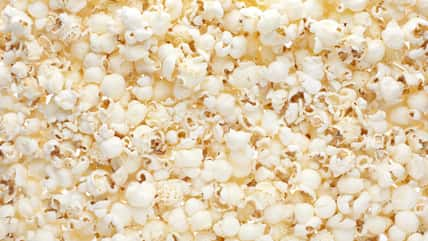A Lesser-Known Aspect Of Roman History Is That They Dabbled In Poisons, And Archaeologists Finally Found Evidence Proving They Cultivated A Particular Plant

The ancient Romans are renowned for their military conquests and architectural advancements. But, beyond their laurels and legacies, a lesser-known aspect of their history is that they dabbled in poisons, which they incorporated into their medical treatments.
At a Roman-period settlement in what is now the Netherlands, archaeologists found a hollowed-out animal bone that someone used as a container for storing poisonous seeds around 2,000 years ago.
It was the first known case of seeds being set aside for future use. The femur most likely came from a goat or sheep, and it was located at a site called Housten-Castellum.
The small seeds came from Hyoscyamus niger, also known as the black henbane. Before the discovery, which was made in 2017, there had been no physical evidence of people from the Roman Empire employing seeds from this particular plant.
The black henbane is a poisonous plant in the nightshade family. Historically, it was notorious for its hallucinogenic effects and beneficial medicinal properties.
Throughout Europe, researchers have uncovered similar seeds scattered across sites dating back to 5500 B.C.
But, since black henbane has a tendency to grow like a common weed, it’s often challenging to determine whether the presence of black henbane seeds at these sites was used intentionally or appeared naturally, according to Maaike Groot, the study’s lead author and a zooarchaeologist at the Free University of Berlin.
The archaeologists concluded that the seeds had been purposely placed inside the bone. The container had also been sealed with a plug made out of bark from a black birch tree, providing solid proof that ancient Romans were collecting and cultivating the plant. The vessel measured 2.8 inches long and dated back to sometime between A.D. 70 and 100.
The bone was found in a muddy pit with several ceramic pots, a basket woven out of hazel branches, part of a horse’s skeleton, and a wire brooch.

krivinis – stock.adobe.com – illustrative purposes only
Experts were able to date the animal bone container based on the styles of the ceramics and the brooch.
Additionally, the seeds support historical texts that mentioned the use of black henbane during the Roman period.
The plants were used medicinally in the form of ointments and potions. They were prescribed for various ailments, such as toothaches, earaches, stomach pains, and flatulence.
An ancient Roman author who lived from A.D. 23 to 79, Pliny the Elder, wrote about how consuming too much black henbane could cause “insanity and giddiness.” He advised physicians to avoid it entirely.
“Our study contributes to the discussion of how to distinguish between a weed naturally ending up in the archaeobotanical assemblages and a plant intentionally used by people,” said Groot.
“We argue that future finds of black henbane should be studied by taking into account the context of the find and its relation to other medicinal plants.”
Sign up for Chip Chick’s newsletter and get stories like this delivered to your inbox.
More About:News





